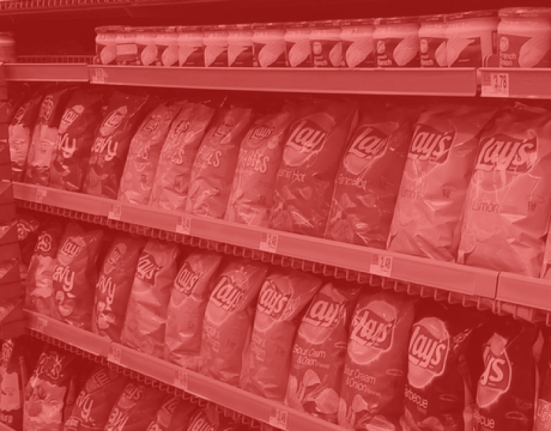Business growth can be measured in a couple of different ways. You can look at how many people view your site a day, you can look at your social media metrics, you can even look at how much larger your email list has grown since last year. But there is one universally accepted way to measure a business’ growth, and it lies in three powerful letters: GMV, or gross merchandise volume.
Gross merchandise volume is essentially synonymous with total revenue, plain and simple. If you sell 100 pairs of socks at $4 a pair, your gross merchandise volume is $400. No costs or expenditures are factored into GMV, just pure revenue gained over a specified period of time.
The more GMV you acquire, the more your business grows. So wouldn’t it be nice to learn how you can boost your GMV more and more every quarter? Here are five different ways to do it.
Upsells and Cross-Sells
Nothing gets shoppers to your store faster than a limited time sale on a popular product. Take Black Friday, for example. You see tons of sales on flatscreen TVs that can often be drastically discounted. These deals draw customers into stores and often leave them fighting tooth and nail to get their hands on the discounted item.
The goal is to draw shoppers to your store with the intention of making a purchase. Discounting a big item can do this no problem, but doing that alone can put a dent in your revenue. Luckily you can take a page out of Amazon’s book, and make up those lost opportunities with upsells and cross-sells.
Amazon is known for its dramatically low prices on items such as TVs, but you never hear about their low prices on other complementary items, such as HDMI cables. This is where you can make back your lost revenue. By upselling and cross-selling your entire assortment with complementary, high margin products, you can boost your revenue and improve your conversion rates. If you include a minimum free shipping threshold, these smaller items can drive the customers’ order value to that threshold.
Free Shipping Threshold
We’ve said it before, and we’ll say it again, shoppers love free shipping. Whether they hate paying for it or love the idea of getting something for free, 58% of shoppers have stated that they will actually add items to qualify for free shipping. So if you haven’t considered it already, try implementing a threshold so shoppers can qualify for free shipping.
Establishing a threshold can also help cushion your shipping costs and boost your average order value as well . A bigger shopping cart will translate into higher revenue, which will eventually lead to more growth for your store. A larger shopping cart will also keep you from having to constantly raise the prices of your products to make up for lost margins.
Product Bundling
Product bundles are great ways to move inventory and improve your GMV. They move inventory, boost revenue, and make the shopper feel great for getting a good deal. The way product bundling works is similar to upselling, but in a different way. Instead of simply offering a complementary product to the shopper, you bundle it with the item in their shopping cart.
The benefit of doing this is that it will discount both items individually so the bundle’s price is less expensive than it would be if you sold each item separately.This is far more attractive in the shopper’s eye, and often leads to them making additional purchases. That way you have more units sold, and a higher GMV at the end of the day.
Discount Based on Order Size
Another way to convey value to shoppers who purchase more from your store is through discounts on order sizes. Many retailers choose to implement discounts on order sizes to encourage shoppers to shop for more items. It will lead to a bigger shopping cart size upon checkout, and you’ll achieve a higher GMV.
Shoppers absolutely love discounts, but they should be used in moderation. Using discounts on a daily basis can condition shoppers to only visit your store when there’s a large sale. Discounting on order sizes is different, though. It encourages shoppers to make more purchases every time they visit, and also influences them to buy more each time.
Test Prices
Your product assortment is made up of two halves: elastic products, and inelastic products. Elastic products’ demand fluctuates drastically with the change in the products’ prices. Inelastic products provide you with more flexibility in pricing. If you price above a competitor’s inelastic product, the odds of making a sale are still in your favor.
Test prices to see how much bang you can get for your shopper’s buck. You’d think you should price below your competition, but that isn’t always the case. Many shoppers will pay more for the same product at a different store based on how they view the store’s brand and shopping experience.
Change your prices, and note the effect that change has on your bottom line. If you were able to sell lots of products while pricing $0.50 above your competitors, wouldn’t you want to maintain that price level and reap the benefits? Make sure you test appropriately over time to insure your results have a high confidence level, and implement changes accordingly.
Growing your business should be at the forefront of your store’s priorities. You cannot improve your store in the future if your GMV is getting stunted quarter after quarter. Making small changes to your store and trying a couple of different hacks can make a big impact on your GMV. With this growth, you can invest more into your business and continuously optimize your selling strategies in the future.














